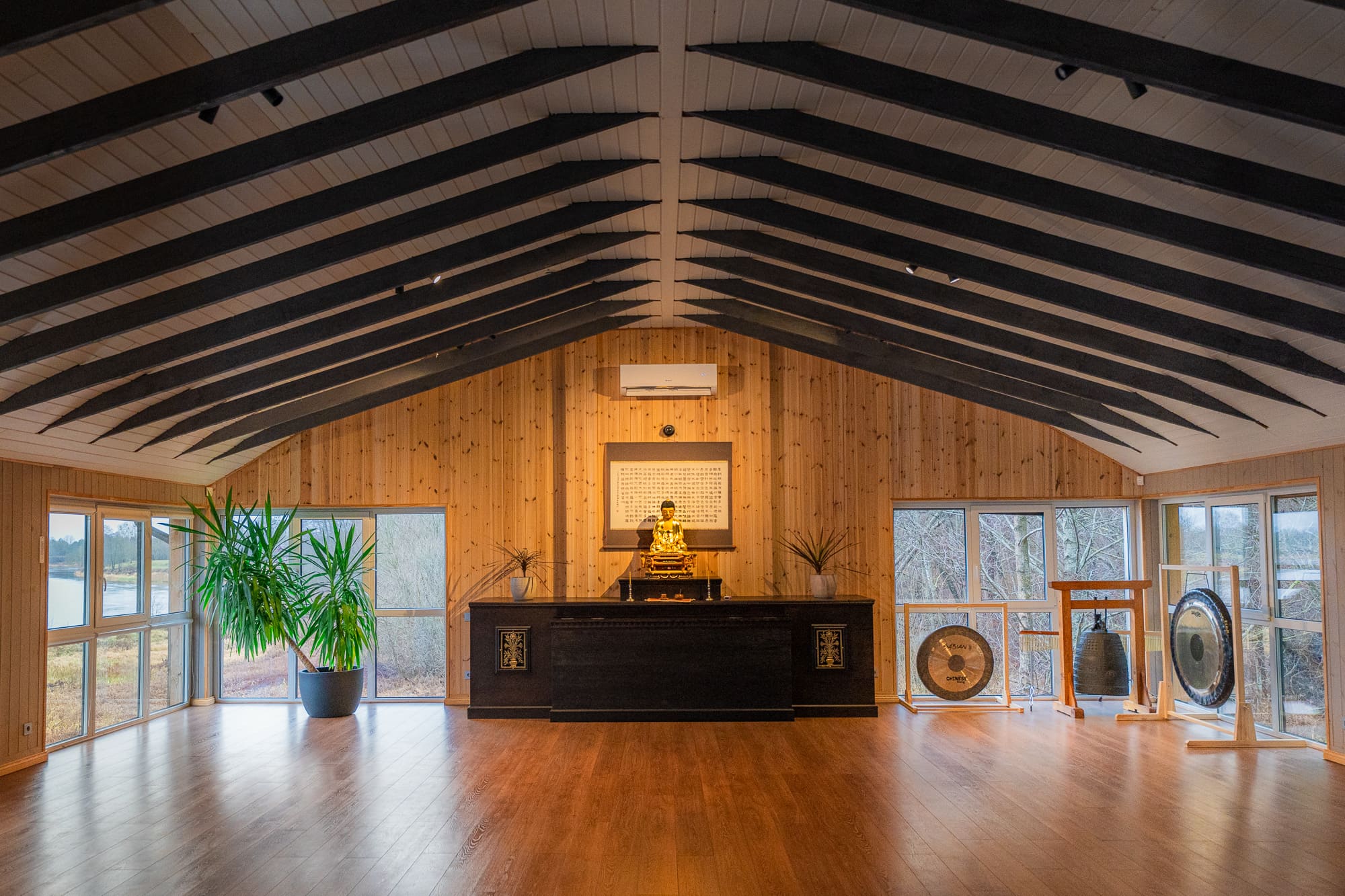Located in the heart of Central and Eastern Europe, Prague is a rich mix of history, art, and architecture. Travelers venturing here will find a cityscape marked by Gothic and Baroque towers casting long shadows on cobbled streets — a fairytale image that has earned Prague its nickname as the City of a Hundred Spires.
But the city’s allure isn’t just in its famed spires; it’s in the details, where age-old charm meets modern flair, woven by the Vltava River flowing gently through the city, carrying more tales from centuries past. From its iconic Prague Castle to the charm of its centuries-old churches, here’s what makes Prague worth a visit.

The Old Town: A Glimpse into Prague’s Rich History
It’s hard not to get swept up in the romance of Prague’s Old Town (or Staré Město in Czech). As you wander its winding cobblestone streets, you’ll find yourself surrounded by a spectacular blend of Baroque, Renaissance, and Gothic facades. This isn’t just a place — it’s a timeline, with stories etched into every brick and every slate-tiled rooftop.
Dominating the skyline with its majestic spires and grand palaces, churches, and gardens, the thousand-year-old Prague Castle, once the seat of Bohemian kings, is recognized as one of the largest castle complexes in the world.

The Charles Bridge, built in the 14th century by King Charles IV, is another iconic landmark. A testament to Gothic architecture and Prague’s rich history, the stone bridge crosses the Vltava River, historically playing a crucial role in connecting Prague’s Old Town with the New Town, facilitating commerce, travel, and cultural activities.
The true heart of Old Town, however, is Old Town Square — a place where Gothic structures brush shoulders with modern-day vendors and performers — and its Astronomical Clock, built in 1410 (making it the oldest operating astronomical clock in the world).

Since the 9th century, Prague has been the epicenter of Bohemian culture, politics, and commerce. It’s seen kingdoms rise and fall and art movements flourish, all while gracefully evolving, integrating the old with the new. Luxury accommodations like the BoHo Hotel and The Emblem Prague Hotel can be found in Old Town. So can Field Restaurant, one of only two Michelin-starred restaurants in Prague.

Prague Spires: A Unique Skyline
Gaze at the Prague horizon and you’ll instantly understand why it’s dubbed the “City of a Hundred Spires.” Spires in Prague aren’t merely architectural marvels, though. These sharp-tipped towers punctuate the sky, the symbol of a city that’s been at the crossroads of history for centuries.
It’s impossible to ignore the seamless fusion of architectural styles while strolling through Prague. St. Vitus Cathedral, its Gothic spires seemingly brushing the heavens, houses tombs of Bohemian kings.
Then there’s the Baroque beauty of St. Nicholas Church, well-known for its ornate interiors, large frescoes, and majestic spires that adorn its roof. Gothic grandeur is at its best at the Tyn Church, however, where the twin spires serve as silent sentinels over Old Town.

Prague’s New Town: Modernity Meets Tradition
When travelers step into Prague’s New Town (or Nové Město in Czech), they are not just walking on cobblestone streets. Born out of the city’s 19th-century ambitions, New Town isn’t exactly “new,” but it’s an example of Prague’s commitment to growth and dynamism. Under the watchful eye of Charles IV, Prague’s boundaries stretched, accommodating thriving markets, stately squares, and an influx of culture, commerce, and craftsmanship.
Central to New Town’s hustle and bustle are Wenceslas Square and the National Museum’s collections of the natural and cultural history of the country. Less a square and more a boulevard, Wenceslas Square has witnessed pivotal moments in the country’s history, from revolutions to peaceful protests.
The New Town isn’t just about grand landmarks, though. Look closely, and you’ll find an architectural mosaic where Art Nouveau facades mix with historic buildings. Just across the river, in the post-industrial Smichov neighborhood, you’ll find Na Kopci restaurant, which received the Michelin Bib Gourmand award for its exceptional Czech and French-inspired cuisine at great prices.

Lesser Town and Mala Strana: Prague’s Picturesque Neighborhoods
Nestled under the watchful shadows of Prague Castle lies the Lesser Town, a district known for its meandering narrow streets and historic buildings once home to noblemen and artists.
Malá Strana, often considered the heart of Lesser Town, is where Baroque architecture finds its most profound expression in Prague. Cascading exteriors, intricate details, and playful curves — the district almost feels like a frozen waltz of stone and history. Among the many jewels, the St. Vitus Cathedral stands with an imposing grace, while St. Nicholas Church, a Baroque masterpiece, serenades the sky with its domes and spires.

But these neighborhoods aren’t just about history; they’re also about modern stories. The Lennon Wall, once a symbol of resistance, is now a vibrant tapestry of art and messages from locals and travelers alike. Writer Frankz Kafka also left his mark in Prague. His birthplace in the Old Town, the Kafka Museum chronicling his life and works, and the surreal, rotating Kafka statue by local artist David Černý in the city center are signals of his enduring influence.

The Vltava River: Prague’s Lifeline and Beautiful Landmarks
Gently crisscrossing through the heart of Prague, the Vltava River has been the city’s lifeline for centuries. From ancient traders to kings and emperors, many have sought the river’s blessings and bounty.
As you walk alongside its banks today, the Vltava is a visual treat. Set against the backdrop of Prague’s skyline and home to some of the city’s most iconic landmarks, the river creates a picture-perfect postcard. There’s the fun Dancing House, almost waltzing against the water, and a parade of historic bridges — though none as famous as Charles Bridge.

To truly grasp the magic of the Vltava, travelers often take to its waters. River cruises, especially at sunset time, offer a unique vantage view of Prague’s spires and the majestic silhouette of the city skyline.








